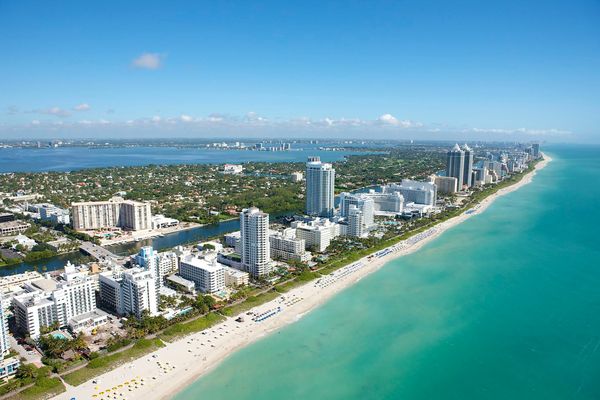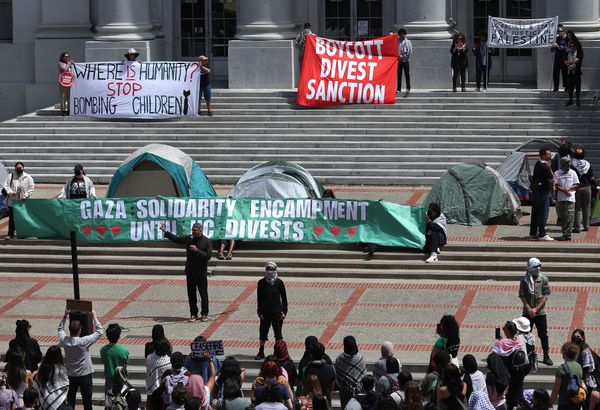
Natural disasters have been the story of the summer as wildfires caused apocalyptic smog the engulf the East coast and thunderstorms and tornados devastated homes in the Midwest.
Although most mortgage lenders require home insurance, about 12% of U.S. homeowners don't purchase insurance and many of the ones who go without often own their homes outright or inherit them.
DON'T MISS: State Farm announces a change that's making some customers furious
But the number of people who own their homes but are deciding to drop their insurance because they can't afford it has climbed over the past three years, the Wall Street Journal reported.
The national average for home insurance based on a $250,000 home is up nearly 20% from 2022 to $1,428, according to Bankrate.
About half of households without home insurance have incomes of less than $40,000, according to a 2023 survey by Insurance Information Institute.
States like Texas, Arizona, Utah, Oregon, North Carolina and Illinois have seen the sharpest home insurance rate increases since January 2022.
Meanwhile, the frequency natural disasters that costs billions of dollars in insured losses has increased.
More Real Estate:
- Elon Musk Warns About a New Housing Crisis Worldwide
- These Affordable US Real Estate Markets Are Under the Radar
- Dave Ramsey Explains Why Now Is a Great Time to Buy a House
Take wildfires like the one that devastated Maui in August for example.
The world's costliest wildfires by insured losses between 1900-2022 are confined to North America, with the U.S. having nine and Canada having one, according to the Insurance Information Institute.
Even more concerning is the fact that five of the top 10 costliest wildfires have occurred within the last five years.
While the damage from the Lahaina fires is still being assessed, early estimates place the price of rebuilding at $5.52 billion
The U.S. also takes the hurricane damage crown with 2022s Hurricane Ian costing insurers and the government $53 billion, only about half of the $99 billion (2022 dollars) Hurricane Katrina -- the costliest hurricane in the last 120 years -- cost in 2005.
The increased frequency of these costly disasters has insurance companies adapting also.
State Farm General Insurance Co. issued a statement on May 26 announcing that it will no longer be offering insurance for new home owners effective the next day.
"State Farm General Insurance Co. made this decision due to historic increases in construction costs outpacing inflation, rapidly growing catastrophe exposure, and a challenging reinsurance market," the company said.
State Farm rival Allstate (ALL) -) followed suit in June when it announced that it will also no longer sell new home insurance policies in California because "the cost to insure new home customers in California is far higher than the price they would pay for policies due to wildfires, higher costs for repairing homes and higher reinsurance premiums."
Action Alerts PLUS offers expert portfolio guidance to help you make informed investing decisions. Sign up now.







